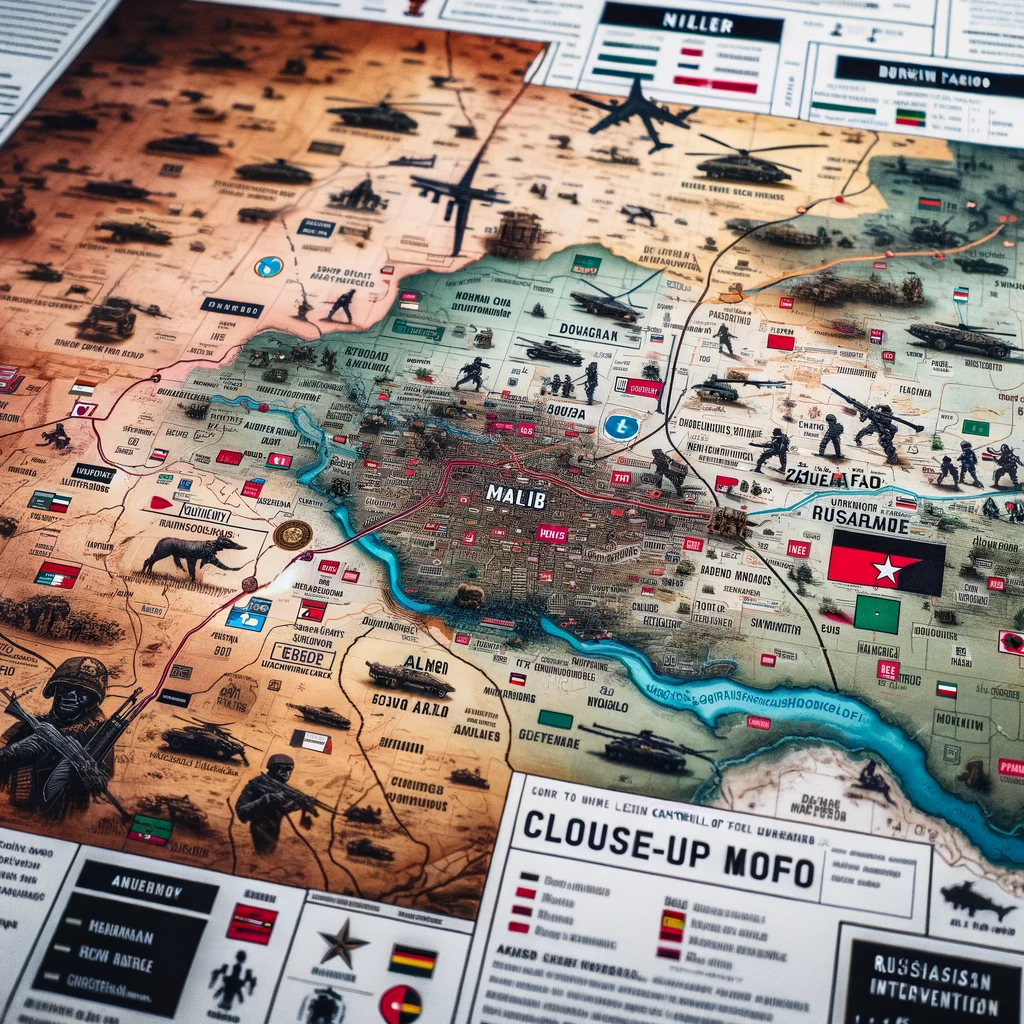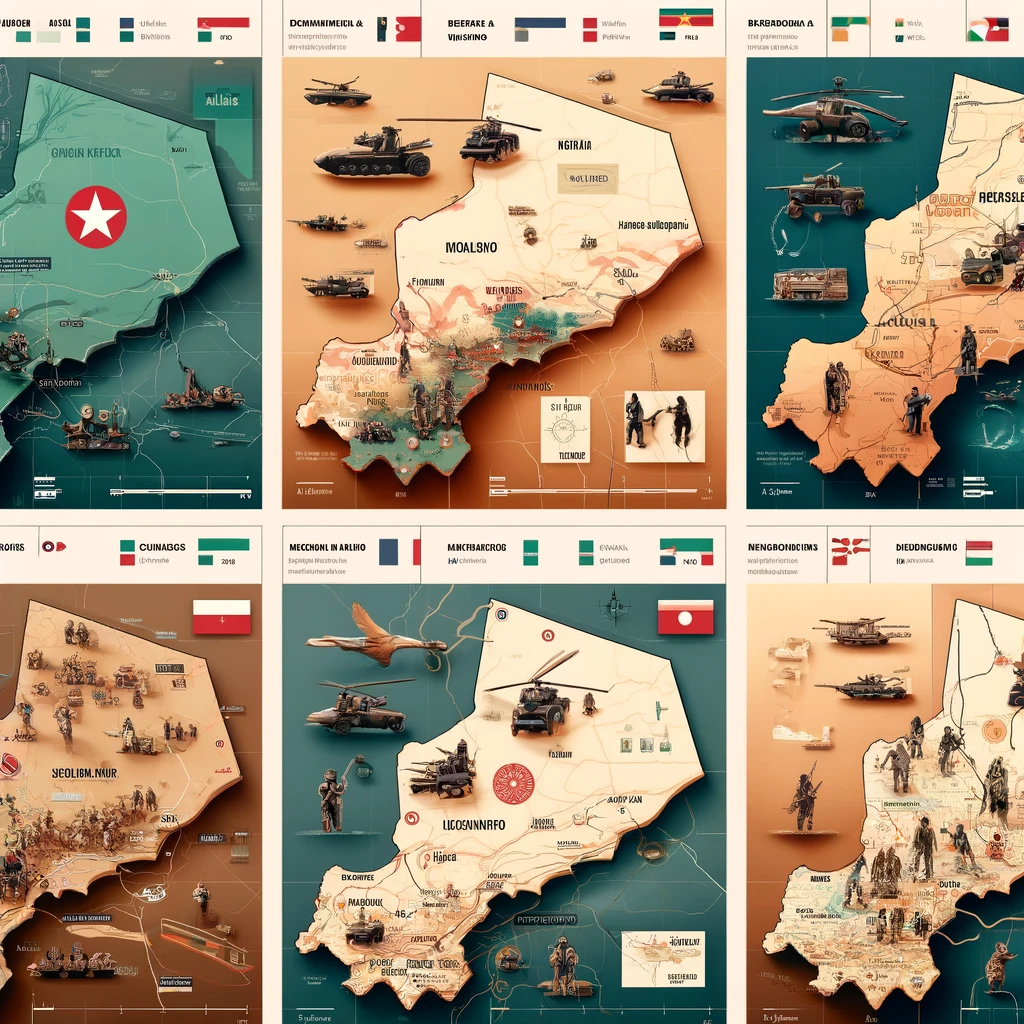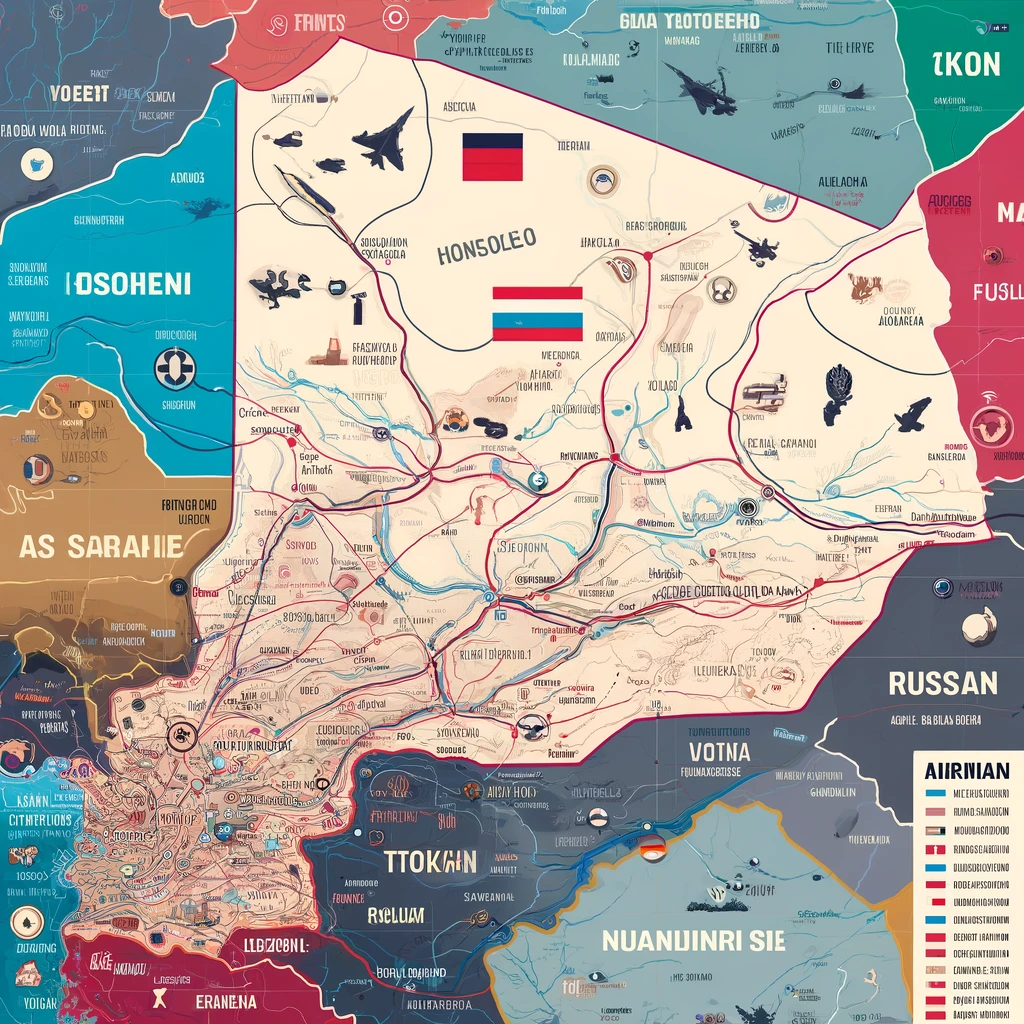
The situation in Niger is indicative of a broader pattern of instability that has plagued the Sahel region for several years, recently intensified by a series of military coups that have also occurred in neighboring Mali and Burkina Faso. These political upheavals have exacerbated regional security concerns, contributing to an already volatile environment characterized by inter-communal violence and insurgencies linked to jihadist groups.

The instability in Niger and its surrounding areas is a consequence of various overlapping and intersecting factors. Political grievances, economic challenges, climate change, and the presence of armed groups have all contributed to the region’s troubles. In Niger, recent military takeovers have undermined efforts to establish durable democratic governance, which is often seen as a solution to many of these underlying issues. These coups have led to a suspension of foreign aid and military cooperation from Western nations, which have been conditional on democratic governance and human rights considerations.
In response to the growing insecurity, particularly the threat from militant groups which have staged numerous deadly attacks in the region, Russia has reportedly stepped in by sending military trainers and air defense systems to Niger. This move is part of a larger Russian strategy to increase its influence in Africa by providing military support and security assistance to countries facing internal conflicts and security challenges. Russia’s involvement is seen as filling a vacuum left by Western countries, particularly following the scaling down of French military operations in the Sahel region, which had been ongoing for several years.
The presence of Russian military personnel and equipment in Niger aligns with similar patterns observed in other African countries where Russia has engaged under the guise of stabilizing forces but also securing mining contracts and economic agreements beneficial to Russian interests. This engagement typically involves the Wagner Group, a private military contractor linked to the Kremlin, which has been active in various conflict zones across Africa.

The regional response to the instability in Niger and its implications has been mixed. While some local governments see the involvement of external powers like Russia as a necessary measure to restore security, others are wary of becoming overly reliant on foreign military assistance, which can sometimes complicate local dynamics further. Moreover, the involvement of foreign actors in what are essentially internal and regional security matters raises concerns about sovereignty and the long-term consequences of such partnerships.
For the people living in Niger and the surrounding areas, the ongoing violence and political instability have dire humanitarian consequences. Displacement, food insecurity, and a lack of access to basic services like healthcare and education are acute problems exacerbated by the constant state of conflict. The international community, while cautious of intervening directly, especially in a landscape increasingly influenced by non-Western powers like Russia, continues to provide humanitarian aid and support for dialogue and peace-building efforts.
Ultimately, the situation in Niger is a reflection of the complex interplay of local political dynamics, regional security concerns, and international geopolitical strategies. How it evolves will likely depend on a combination of internal political developments and the extent to which external interventions can contribute to a sustainable and inclusive peace process.
Feature Images:
Detailed close-up maps focusing on conflict zones in Niger, Mali, and Burkina Faso. These maps provide a zoomed-in view of specific areas with significant military activity and foreign interventions, marking recent battle sites, troop movements, and areas under control of different forces. Symbols and annotations give context about the conflicts, including insurgent groups, government forces, and foreign military presence, particularly highlighting Russian involvement. The maps are color-coded to clearly distinguish different factions and their zones of influence, making it easier to understand the dynamics at play in these regions.
General Images:
Maps of Niger and its neighboring countries, Mali and Burkina Faso, highlighting regions affected by recent political instability and violence. The maps are detailed, showing geographical boundaries, major cities, and conflict zones, with additional symbols indicating recent coups. Visual elements such as arrows and military icons illustrate the movement of forces and influence from external powers like Russia, providing a clear view of the regional security dynamics.
Detailed map of Niger and its neighboring regions, showing the geopolitical impacts of recent coups and conflicts. The map clearly marks borders, major cities, and conflict zones, highlighting areas of significant military activity and foreign interventions, including Russian military involvement. It uses a color-coded system to distinguish between different activities and influences, making it informative and easy to understand for educational purposes. If there’s anything else specific you’d like to explore or another type of map you need, just let me know! How’s your day going so far?